Tooth extraction is a delicate dental procedure, and what you eat afterward can significantly affect your healing. If you’re wondering, “What can I eat after 24 hours of tooth extraction?” — you’re not alone. Many patients want to ensure they avoid complications like dry socket or infection while still getting the nourishment their bodies need.
In the first 24 hours, most dentists recommend sticking to liquids and very soft foods. But once that initial period passes, your diet can cautiously expand. According to the American Dental Association (ADA), gradually introducing easy-to-chew, nutrient-rich foods is essential for a smooth recovery.
- Why Diet Matters After Tooth Extraction
- Safe Foods to Eat After 24 Hours
- Foods and Habits to Avoid (Even After 24 Hours)
- Nutritional Tips for Faster Recovery
- Sample Day Meal Plan After 24 Hours of Tooth Extraction
- How Long Should You Stick to Soft Foods?
- Oral Hygiene and Eating After Extraction
- When to Call Your Dentist
- Frequently Asked Questions
- Final Thoughts
Why Diet Matters After Tooth Extraction
Your mouth is healing from trauma. The area around the extraction site is forming a blood clot that protects the bone and nerves underneath. Dislodging this clot can result in a painful condition called dry socket, which significantly delays healing.
Proper nutrition after oral surgery supports your immune system and speeds up tissue repair. Conversely, poor food choices may cause inflammation, pain, or infection.
Note: Always follow your dentist’s personal recommendations as healing timelines vary depending on your oral health, age, and whether the tooth removed was simple or impacted.
Safe Foods to Eat After 24 Hours
At the 24-hour mark, your extraction site is still fragile. However, you can gradually begin incorporating more nutritious soft foods that don’t require much chewing. Here’s what’s generally safe:
1. Soft, Nourishing Foods
- Mashed potatoes – smooth and filling, rich in carbs for energy
- Scrambled eggs – a soft protein source that’s gentle on your gums
- Greek yogurt – high in calcium and probiotics for gut health; choose plain or honey-flavored without fruit chunks
- Oatmeal or Cream of Wheat – excellent for breakfast; add mashed banana for extra nutrition
- Applesauce – easy to digest and contains natural fruit sugars for energy
2. Blended or Pureed Foods
- Soups (lukewarm, not hot) – creamy varieties like tomato, pumpkin, or chicken soup can be both comforting and hydrating
- Smoothies (without seeds) – blend soft fruits like bananas or mango with Greek yogurt and milk or almond milk
- Protein shakes – ideal if you’re struggling with appetite; opt for sugar-free, low-acid formulas
Remember: Avoid using a straw as the suction can dislodge the healing blood clot, leading to dry socket.
3. Soft Carbs and Grains
- Macaroni and cheese – easy to eat and satisfying
- Well-cooked white rice or risotto – bland and easy on the digestive system
- Plain noodles or pasta – avoid acidic tomato-based sauces in the early stages
- Soft bread (crust removed) – soak in broth or eat with mashed avocado
4. Cooked Vegetables (Very Soft)
- Mashed carrots or peas – cooked until very soft and mashed well
- Steamed spinach – easy to chew and packed with iron and vitamin C
- Sweet potatoes – rich in beta-carotene and easily mashed for soft eating
5. Fruits (Blended or Cooked)
- Mashed bananas – ideal post-extraction fruit due to their softness
- Peach or pear puree – low-acid and gentle on healing tissue
- Melon slices – eat only if they are extremely soft and ripe
Foods and Habits to Avoid (Even After 24 Hours)
Your extraction site needs a low-stress environment to heal properly. Some foods and habits can undo the healing process or introduce bacteria.
Avoid:
- Crunchy snacks (chips, nuts, popcorn)
- Spicy or heavily seasoned foods
- Acidic fruits or juices (orange, lemon, grapefruit)
- Sticky or chewy foods (candies, gum, peanut butter)
- Carbonated beverages (can irritate the gum and slow clotting)
- Smoking or vaping
- Alcoholic drinks (can interfere with medication and clotting)
Pro Tip: Stick to lukewarm meals. Hot foods can dissolve or dislodge the blood clot too early.
Nutritional Tips for Faster Recovery
Recovering from tooth extraction is not just about eating the right texture — it’s also about the right nutrients. Here’s how you can make your post-op meals more beneficial:
1. Protein-Rich Foods
Protein is essential for cell regeneration and healing. Add:
- Eggs
- Dairy (yogurt, cheese)
- Protein powders (casein, whey, or plant-based)
2. Vitamin C
Boosts your immune system and supports collagen production:
- Pureed strawberries
- Mashed sweet potatoes
- Smooth bell pepper soups
3. Vitamin A
Promotes mucosal healing and immune defense:
- Pumpkin puree
- Carrot mash
- Soft-cooked leafy greens (blended into soups)
4. Zinc and Iron
Zinc and iron help fight infection and promote blood regeneration:
- Fortified cereals (let them sit in warm milk to soften)
- Cooked lentils or mashed chickpeas
- Mashed tofu or cottage cheese
Sample Day Meal Plan After 24 Hours of Tooth Extraction
Breakfast:
- Cream of wheat with mashed banana and a drizzle of honey
- Lukewarm herbal tea (no caffeine)
Mid-morning Snack:
- Smoothie with banana, almond butter, and protein powder
Lunch:
- Blended vegetable soup with mashed lentils
- Applesauce or peach puree
Afternoon Snack:
- Greek yogurt (plain or vanilla)
Dinner:
- Mashed potatoes with soft scrambled eggs
- Cooked spinach puree or carrot mash
Before Bed:
- Warm (not hot) milk or a sugar-free protein shake
How Long Should You Stick to Soft Foods?
Most people can begin to transition to a normal diet within 5 to 7 days, depending on how well the socket is healing. However, recovery timelines may differ based on factors like:
- Whether the tooth was impacted
- Overall oral health
- Age and immune strength
Day 1: Stick to liquids and broths.
Day 2–3: Introduce soft, mashed foods.
Day 4–7: Slowly test more variety in soft foods.
Week 2 onward: Resume regular eating cautiously.
Oral Hygiene and Eating After Extraction
How and when you clean your mouth affects your diet. After 24 hours:
- Rinse gently with saltwater (do not spit forcefully)
- Avoid brushing directly over the socket
- Chew on the opposite side to prevent irritation
Note: Good oral hygiene prevents infection and speeds up healing, but always be gentle in the extraction area.
When to Call Your Dentist
If you experience the following symptoms after eating or at any time during recovery, contact your dental professional:
- Intense pain that worsens with time
- Visible white bone in the socket (sign of dry socket)
- Foul taste or odor in your mouth
- Persistent swelling or bleeding
- Difficulty opening your mouth
These may be signs of infection, dry socket, or other complications.
Expert Guidance and Reliable Sources
Advice in this guide is backed by reputable sources like:
- American Dental Association (ADA)
- WebMD Dental Care
- Mayo Clinic
- PubMed Clinical Trials
These organizations consistently emphasize the importance of soft foods, proper hydration, and avoiding straws, alcohol, and smoking after oral surgery. Healing success is a combination of good nutrition, oral care, and rest.
Frequently Asked Questions
Can I eat bread after 24 hours of tooth extraction?
Only soft, crust-less bread like white sandwich bread or moist dinner rolls — and chew on the opposite side.
Is it safe to drink coffee after 24 hours?
It’s best to wait 48 hours. If drinking after 24, ensure it’s lukewarm, not hot.
What signs indicate my diet is causing problems?
Increased pain, bleeding, swelling, or foul taste/smell may indicate an issue. Contact your dentist promptly.
Can I eat chicken or meat after tooth extraction?
Not right away. Wait until at least 3–5 days and only eat shredded or very soft versions, avoiding chewing near the extraction site.
When can I return to eating normally?
Most people resume their normal diet within 7 to 10 days, depending on healing progress and dental guidance.
Final Thoughts
Understanding what can I eat after 24 hours of tooth extraction is key to preventing complications and speeding recovery. With the right approach, you can nourish your body, protect your healing site, and get back to enjoying regular meals in no time.
Stick with soft, nutrient-rich meals, avoid common food pitfalls, and consult your dentist if you’re unsure about specific choices.
Remember: Recovery starts in your kitchen. Choose wisely — your smile depends on it!
Disclaimer: The content provided in this article is for educational and informational purposes only. It does not substitute professional medical advice, diagnosis, or treatment. For guidance specific to your dental condition or recovery, please consult your dentist, oral surgeon, or licensed healthcare provider.


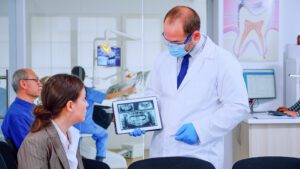
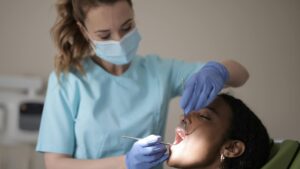
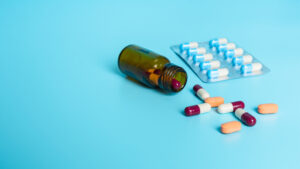
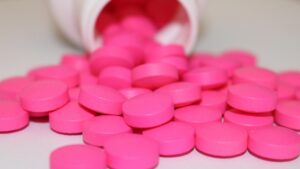

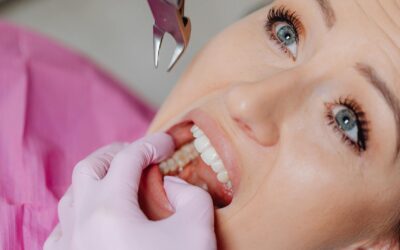
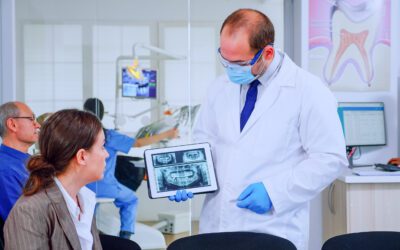
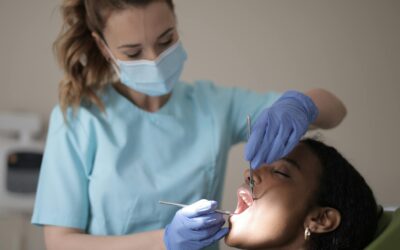
0 Comments